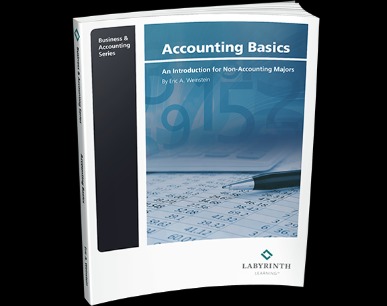Bookkeeping
What is Account Reconciliation? Definition and Process
To implement effective reconciliation processes, you need to create and document the exact procedures that staff and lawyers should follow. For example, a company can estimate the amount of expected bad debts in the receivable account to see if it is close to the balance in the allowance for doubtful accounts. The expected employment authorization bad debts are estimated based on the historical activity levels of the bad debts allowance. Account reconciliation software presents you with integrated cloud storage for supporting documentation, which boycotts the need to import documents and aids the review and audit process.
Historical details of cash accounts or bank statements are used to identify irregularities, balance sheet errors, or fraudulent activities. One example of where this method is used is a case scenario involving a company that records an average annual revenue of $50 million based on historical records. Account reconciliation is an accounting process, usually embarked on at the end of an accounting period, that makes sure financial accounting records are consistent and accurate. Generally done for general ledgers, account reconciliation involves the comparison of two independent but related records to make sure that transactions and balances correspond with each other. Some businesses create a bank reconciliation statement to document that they regularly reconcile accounts.
- If your AR balance is $60,000, but you only have $40,000 in invoices that are due, your net profit will be overstated and you’ll be paying taxes on income that you’ll never receive.
- In this article, we’ll simplify the complexities of account reconciliation to give you a clear understanding of its role in your business’s financial health.
- Accounting errors are noted where there is a significant variation from the estimated projection.
What is the Account Reconciliation Process?
These sources include ERP software systems, digitally generated bank files or statements, credit card processors, and merchant services. Also, if the bank statement shows money deposits not reflected in your internal records, you make entries of these transactions. The whole account reconciliation process is documented and stored for future audit purposes, with the general ledger reconciliation serving as a necessary process before a company gets to issue its financial statements. The account reconciliation process typically takes place at the end of a financial or accounting period and these processes are generally executed on general ledgers.
Depending on your business, you may also want to reconcile your inventory account, which is typically completed by doing a complete accounting of all inventory on hand. The charge would have remained, and your bank balance would have been how to calculate cost of goods sold $2,000 less than the balance in your general ledger. By taking advantage of technology and automation in this way, you can save time and avoid duplicate data entry errors.
Investigate Discrepancies
When it comes to cash accounts, a business’s internal records might show a specific balance at the end of the month. Often, this process involves comparing internal financial records against monthly statements issued by external sources, like banks. Reconciliation ensures that accounting records are accurate, by detecting bookkeeping errors and fraudulent transactions. The differences may sometimes be acceptable due to the timing of payments and deposits, but any unexplained differences may point to potential theft or misuse of funds. Reconciliation must be performed on a regular and continuous basis on all balance sheet accounts as a way of ensuring the integrity of financial records. Legal software for trust accounting can help you track transactions and reconcile records and bank statements.
Accounting Reconciliation: What It Is, How to Do It, and Best Practices
The important thing is to establish internal processes for account reconciliation and adhere to those processes. Whether you’re a small business owner working with multiple sub-ledgers or a multi-million dollar business using an ERP system, reconciling your accounts will always be necessary. Larger businesses with several branches may also need to complete intercompany reconciliations. Balance sheets and profit and loss statements are both essential resources for determining the financial health of your business. For example, when you pay your utility bill, you would debit your utility expense account, which increases the balance and credit your bank account, which decreases the balance. Debits and credits are truly the backbone of the double-entry accounting system, which states that every debit entry must have a corresponding credit entry for the books to remain in balance.
Double-Entry Accounting Example
By systematically reconciling accounts, businesses can ensure they are working with the most accurate, up-to-date financial information. At the end of the month, the credit card statement arrives and should reflect the same transactions and ending balance as in the general ledger. And while most financial institutions do not hold you responsible for fraudulent activity on your account, you may never know about that fraudulent activity if you don’t reconcile those accounts. Keeping your accounts reconciled is the best way to make sure that your balances are accurate and an important part of ensuring adequate financial controls are in place. While the reconciliation process remains the same, with two sets of documents compared for accuracy, the difference lies in what is being reconciled. Reconciliation serves an important purpose for businesses and individuals in preventing accounting errors and reducing the possibility of fraud.
Even if you are using software that automatically downloads your monthly bank transactions, it’s still important to reconcile your accounts. Businesses often use credit cards for expenses, and these transactions are recorded in the internal ledgers. By comparing these two sets of records, the business can identify discrepancies and adjust its internal records accordingly. The errors should be added, subtracted, or modified on the bank statement virginia income tax rate 2021 balance to reflect the right amount. Once the errors have been identified, the bank should be notified to correct the error on their end and generate an adjusted bank statement.




